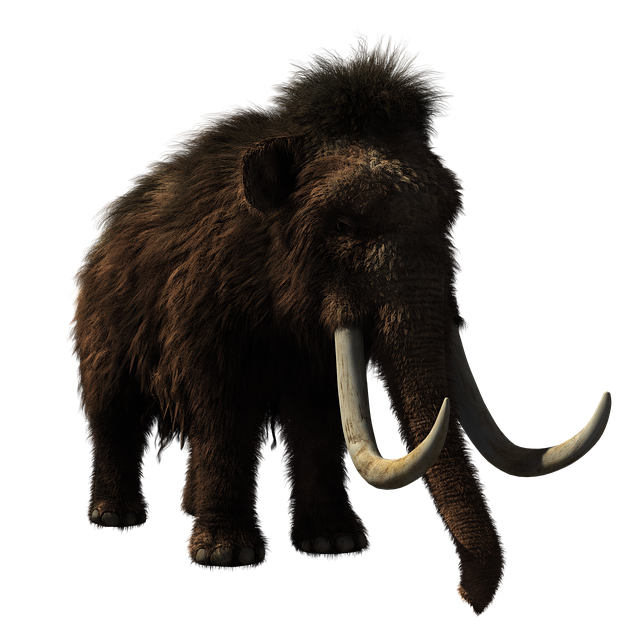
The discovery of an ancient woolly mammoth in Alaska that is nearly intact has amazed the scientific community with an exceptional find. The mammoth was given the name Nun Cho ga, almost perfectly preserved with the trunk, tail, and small ears with some hair left on the frozen cadaver.
Preserved Woolly Mammoth
It was found by a gold miner who hit paydirt when he uncovered the mummified remains of the ancient animal that died 35,000 years ago, reported The Mirror UK.
The Canadian national was prospecting for gold and found the valuable remains; when he dug up the permafrost layer of Eureka Creek in Alaska, US.
Scientists remarked that the state of preservation was incredible after many millennia in the permafrost layer it was trapped in. As far as specimens go, it is the most intact cadaver discovered on the North American continent. Finding most of the skin and hair preserved is a scientific opportunity.
According to Dr. Grant Zazula, paleontologist for the Canadian territory of Yukon," It's the most perfect and beautiful. As he described the precious find, cited CBC.
He described the female calf's tiny ears and trunk, and the little mammoth used the end to get grass. Furthermore, the ice age paleontologist wanted to find a perfect specimen of these ancient woolly mammoths.
The elders of the community did a ceremony last week and gave the mammoth calf a name, and they called her Nun Cho ga, translated from the Hän language as 'big baby animal,' noted the Bharat Express-News.
Fossil Discoveries in Various Places
It is the Yukon where the chance of finding a fossil in good condition is high, and lots of ice age animals are found there, although a fossilized mummy with its skin and fur is still unique.
Sheer luck allowed the scientific access to such animals that have been long dead but with preserved cadavers to study.
In haste to locate someone nearby who could visit the site to retrieve the find on a legal holiday, Dr. Zazula eventually came across two geologists.
The sky opened up, turned black, lightning began to strike, and rain poured down within an hour of them arriving to perform work, he continued. If they were so unlucky at that time, the remains would be lost forever to the storm at that time.
The geologists who got the mammoth calf saw a grass in the stomach which indicates the ancient animal was grazing when it died; in the last living moments. Nun's remains were found where wild horses, cave lions, and steppe bison lived.
By analysis, the female calf was about a month old or more when it perished; its length is140 cm longer than the specimen from Siberia found in 2007.
In the last Ice Age, Zazula explained that it got trapped in mud, died later, and was frozen in permafrost. Funding comes from Brian McCaughan of Treadstone Mining, Trʼondëk Hwëchʼin, and the Government of Yukon to examine and study the specimen.
An ancient woolly mammoth found in the Yukon by a gold miner is ironic; the discovery will mean a lot to the paleontology of frozen steppes in the last Ice Age.
© 2026 HNGN, All rights reserved. Do not reproduce without permission.







